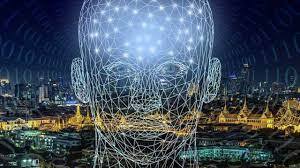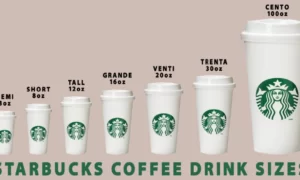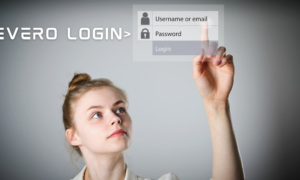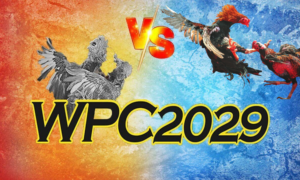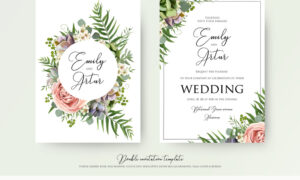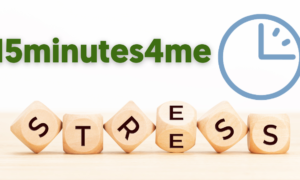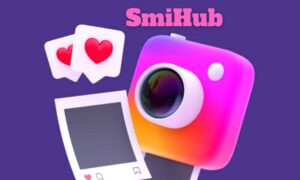Many AI image generators such as DALL-E and Midjourney allow users to input text parameters and produce painterly, imaginative images. These tools are often popular with artists and designers who want to streamline their creative processes or overcome mental blocks.
However, some critics have raised concerns about the lack of creativity and originality generated by these tools.
1. Uniqueness
Unlike photos or video clips that can be edited by anyone, AI images are entirely unique. That makes them perfect for branding and marketing campaigns that need to stand out from the crowd.
However, despite the impressive advancements made in AI image generation, it still has some limitations. For example, it will take time for the technology to develop the emotional intelligence needed to understand emotions and moods.
Until then, it’s best to provide a concise and detailed text prompt when using an AI image generator. Try to include specific terms that are used in graphic design, photography, and art in your description to ensure that the generated image meets your expectations. For example, if you want the image to look like a painting, use words like “bright” and “vivid.” This will help the generator to create an accurate result.
2. Time-saving
AI image generators can produce images in a matter of seconds, meaning you don’t have to spend time searching for the perfect photo or waiting for an artist to create custom artwork for your business. This helps to save you valuable time and resources so that you can focus on other important tasks.
However, generative AI is still relatively new and requires a lot of training data. This means that it may struggle to create more diverse and consistent results. This could result in inconsistencies or errors in the resulting AI images.
As a result, it is crucial to test different tools and find the one that works best for your business. You should also ensure that the tool fits within your budget. While some are free, others can be expensive to use regularly.
3. Automating repetitive tasks
A key benefit of AI image generators is that they can automate repetitive tasks, which is a major time saver for designers and artists. This allows them to focus more time on more creative work, and it also reduces the need for human editing.
However, one of the main challenges with existing AI image generators is that they can produce inconsistent results. This is largely due to the fact that they are heavily reliant on pre-trained models.
For example, if a person searches for images of walruses on Google or Pinterest, the AI will look for pictures that are similar to the ones it has seen previously and will try to create images like those. This can result in the generation of images that are not as realistic or accurate as a human would expect.
4. Efficiency
As AI image generators become more advanced, they have the potential to offer a new level of efficiency in content creation. Users can create a wide range of images using a simple text prompt, which can save time and effort when creating visual content.
However, the high level of flexibility offered by these tools can also be challenging for beginners. Advanced AI image generators require an understanding of the underlying algorithms, and can be difficult to use for those without technical knowledge.
Another challenge with AI image generators is their potential for misuse, from misinformative imagery to perpetuating biases and stereotypes embedded in the training data used to create them. As these technologies grow more powerful, ensuring their ethical use and mitigating harmful consequences will be crucial.
5. Saving money
Using AI image generators can save money for businesses by cutting costs associated with hiring human designers and artists. This is especially beneficial for small businesses and startups with limited resources.
However, it’s important to note that despite the potential for saving money, using AI software can also lead to legal issues if used improperly. For instance, many AI image generators mimic pre-existing art, such as paintings and photographs, but fail to credit the original artist, which could be a violation of copyright law.
AI image generators are useful tools for businesses and artists, as they can help save time and effort, improve quality and consistency, and inspire creativity and innovation. The technology is still evolving and has a long way to go, but it holds great promise for the future of marketing and advertising.

